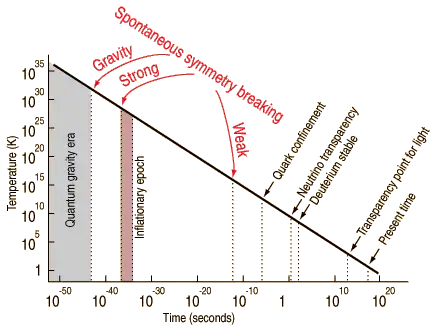Studying Higgs mechanism in EW theory and QCD I have a couple of questions that I would like to clarify:
1) The quark mass term in QCD Lagrangian should come from Higgs mechanism in EW sector of SM. I mean that you don't have a contribution to the mass coming from Higgs and other from a Dirac term that only satisfies $SU(3)_c$ symmetry but not $SU(2)_L$. Is this correct?
2) Let's imagine a world with a Higgs such that its vacuum expected value is zero. Then, Higgs mechanism does not break $SU(2)_L$ symmetry and, hence, leptons and quarks keep massless. In this world, with quarks but massless we could have hadrons but their masses would come out from QCD gluonic interactions among themselves and the gluonic and EW interactions of the virtual sea quarks, that of course are massless per se. We'd lose contribution from the mass given by Higgs mechanism (which is massless too) but not the resulting from electromagnetic interactions between valence and virtual quarks.
But if quarks and leptons are massless, due to Special Relativity, they move at the speed of light so, is this a problem for bounding to create hadrons? Moreover, the massless property of quarks would allow proton to decay into neutron, so this world would be lifeless.
Despite all these, there is no way to get a mass for gauge bosons or charged leptons since we keep unchanged the SM symmetry, or am I ignoring some fancy way?
Maybe, since quarks are now energetically equivalent in this world CKM matrix is matrix of ones up to a complex phase to keep the CP violation.
What else do you think could be different from our real world?
